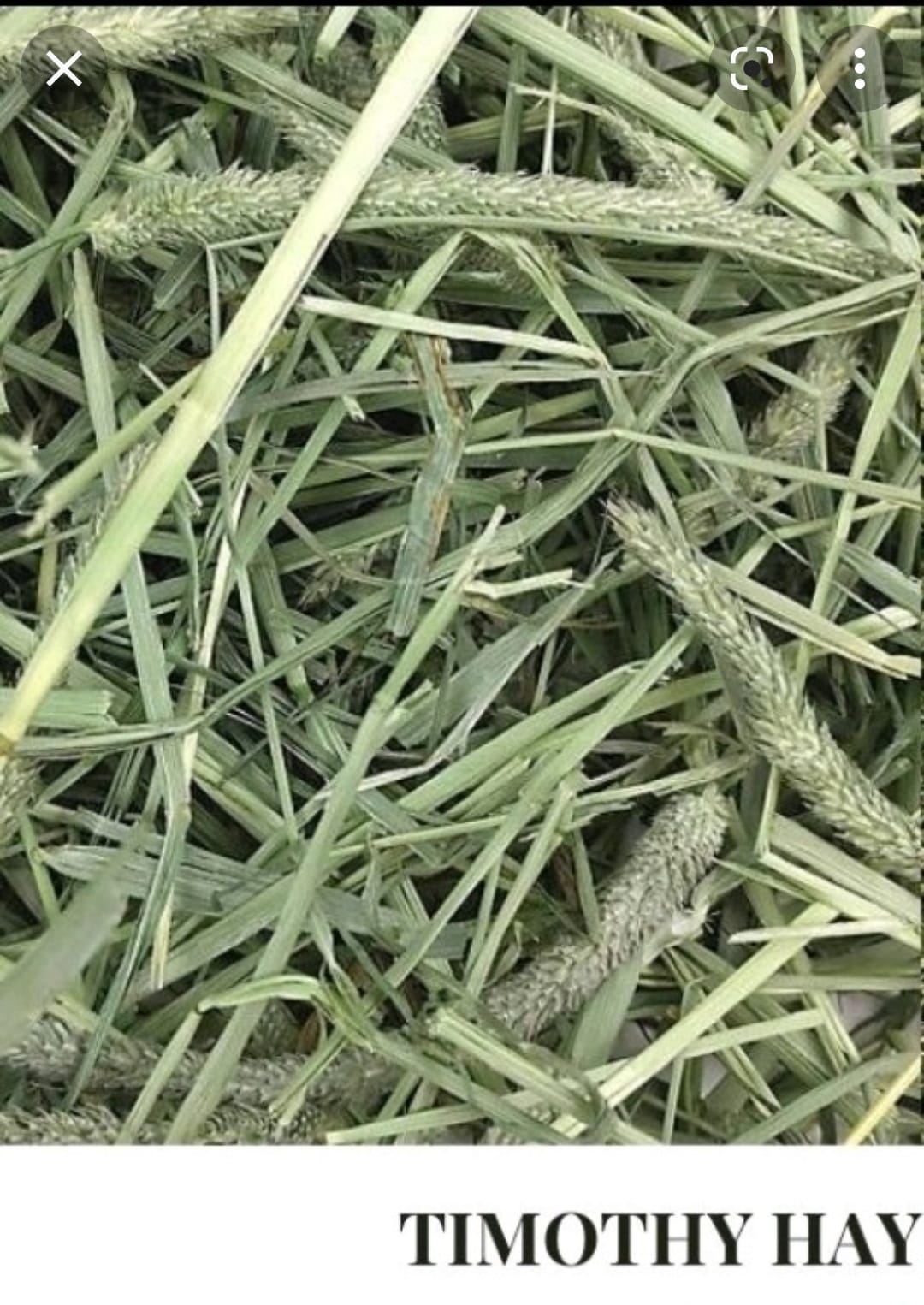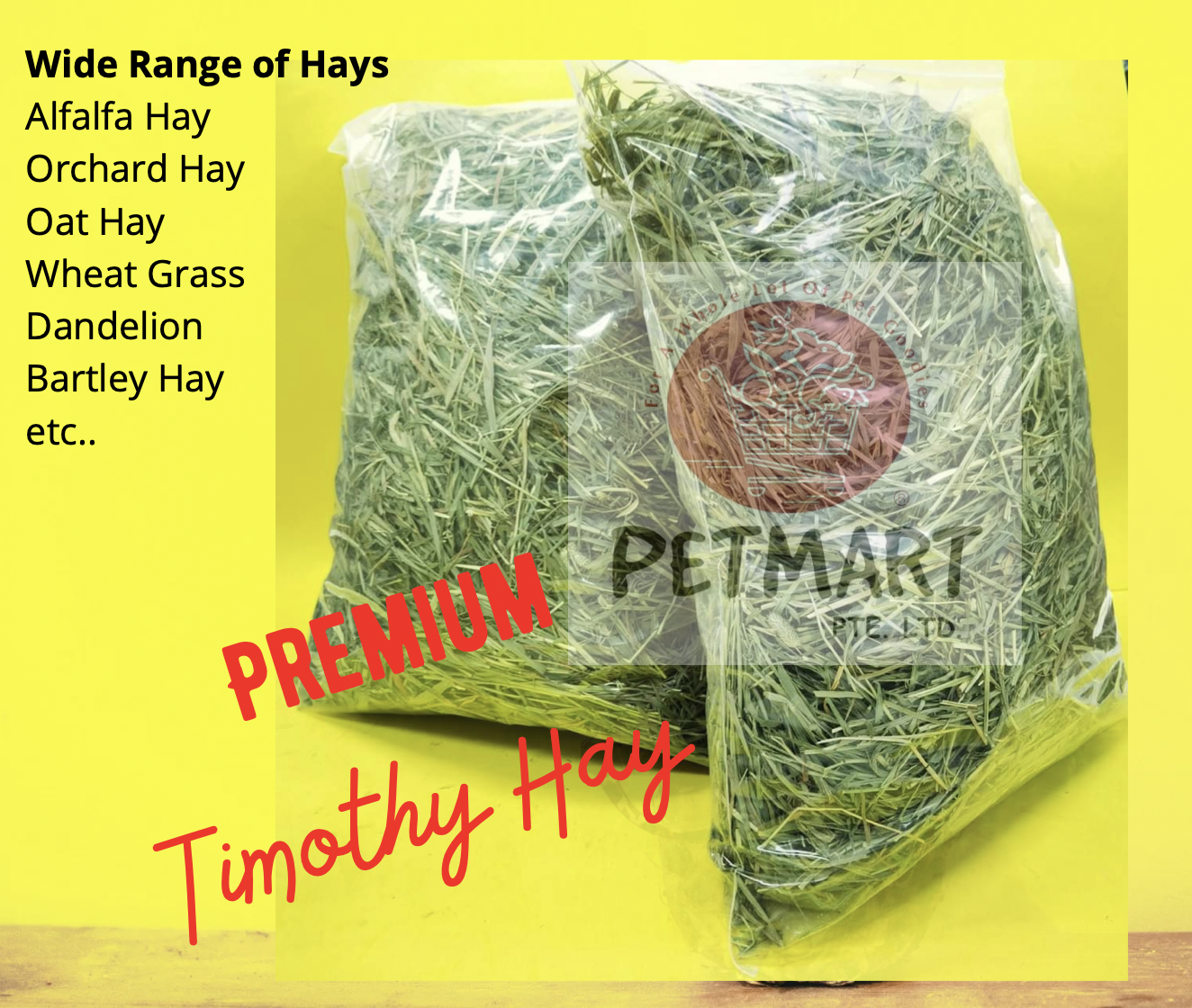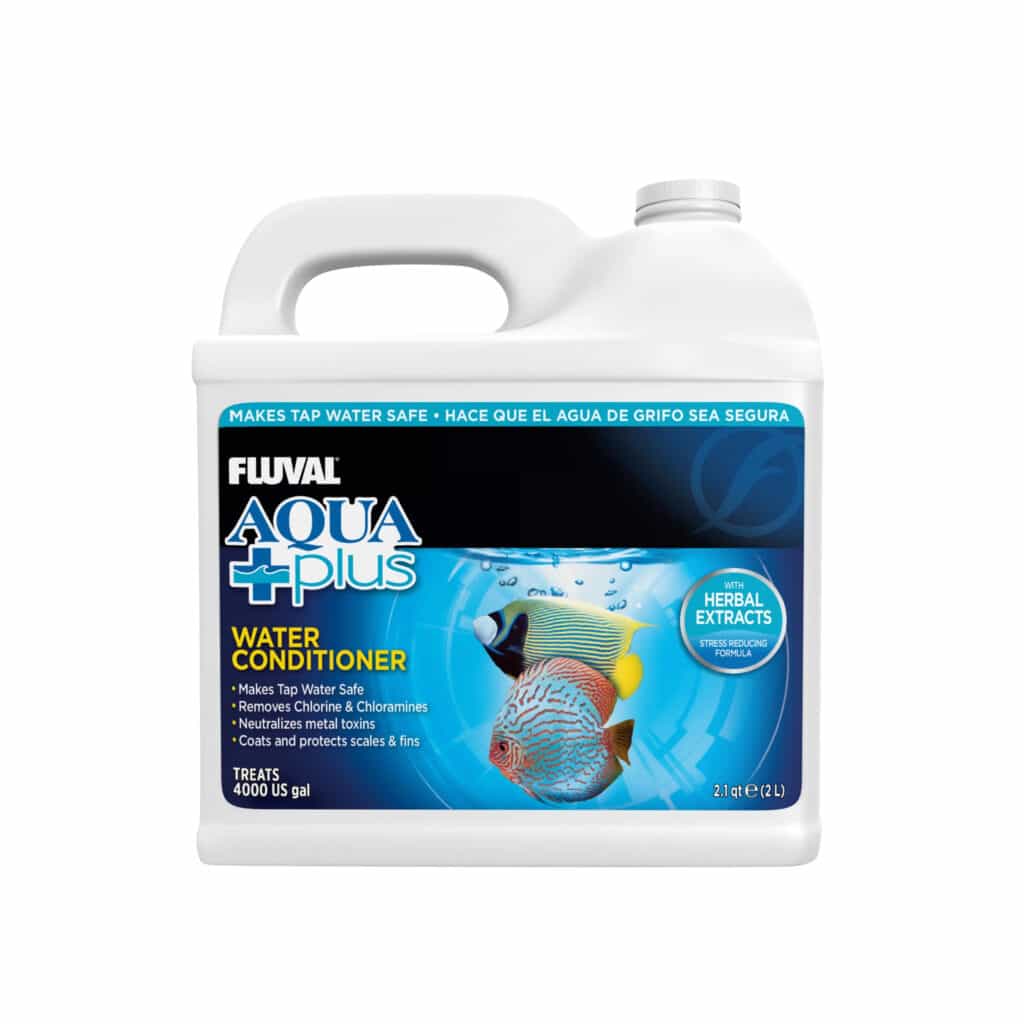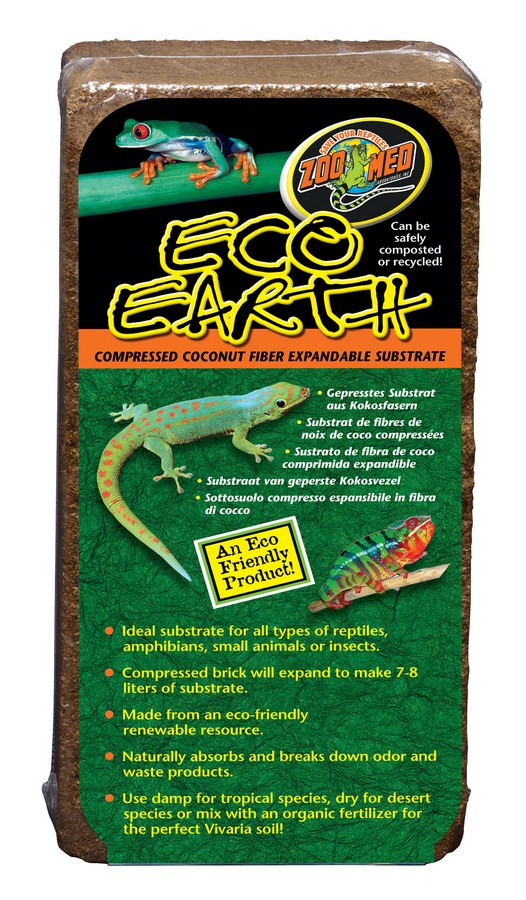
Features::
Ingredients:
100% Timothy Hay. Preservative and additive free. Loose hay contains stems, leaves, and limited seed heads.
Analysis:
- Crude Protein min 7.00%
- Crude Fat min 1.50%
- Crude Fiber max 32.00%
- Moisture max 15.00%
Product Of U.S
Size:
1kg
Feeding Guideline:
Growing Animals: Unlimited amounts
Mature Animals: Unlimited amountsWestern Timothy hay can be fed free-choice to rabbits, guinea pigs, chinchillas, prairie dogs and other herbivores as an alternative to oat hay, brome and orchard grass. Free-choice means that the feed is available at all times. If they finish what you give them, you need to give them more! Hay should be used not only for nutritional purposes, but for mental stimulation and the promotion of natural foraging behavior.
Try feeding hay in new and inventive ways to increase consumption:
- Rabbits like to eat hay in their litter box.
- Fill a cardboard tube, basket or animal-safe toy with hay and place it in your pet's favorite spot.
- Put a layer of hay on the bottom of the cage and hide food/treats in the hay for foraging.
- Put hay everywhere: the hutch, the corner, behind the couch, etc...
- Tickle your pet with strands of hay - they may take a bite and realize how tasty it is.
How much do I feed daily?
It should be fed free choice daily. That means the hay is available at all times. 75% of a small herbivore's diet should be hay.
This nutritious hay is perfect for any adult small pet such as rabbits, guinea pigs and chinchillas. Take a look at our products below!
Once your pet reaches young adulthood (approximately five months old), it is time to switch from the high-protein and calcium alfalfa hay to timothy hay. This wholesome hay is mostly the main staple of every adult small pet’s diet as it brings about two main benefits. Firstly, its high-fibre content aids in boosting gut and digestive health. It prevents hairball formation that would otherwise lead to further health complications.
Next, it improves dental health by promoting chewing. As most small pets have ever-growing teeth, the texture of hay helps to wear down their teeth and promote healthy growth. This diet is a close duplicate to forages in their natural habitat and therefore, provides mental stimulation. Moreover, timothy hay is low in calories, which means it is less likely to cause weight gain.
Other than timothy hay, you should integrate small amounts of other hays such as alfalfa or orchard grass as well as fresh pellets and vegetables into your pet’s diet.
Normal items can not be combined with Donation items.
Please checkout items separately.

Your Pet May Also Like These

FAQs
R Returns and Exchange
D Delivery
Exchange/return of goods* is allowed on a case-by-case basis up to 7 days from the date order is received, provided the items are in the original condition.
- All items should be in original condition, unopened.
- To maintain good hygiene, collars, beds, cages, and all other wearable are not eligible for exchanges or returns.
- A $15 delivery fee will be imposed on each exchange and return. Once the item(s) is returned back to our warehouse, our team will inspect the condition of the item(s) and contact you to issue a refund within 5 working days, if approved.
- [CLEARANCE] is not eligible for refund/exchange.
Exchanging/Refunding of Items:
- We can pick up the items & bring it back to our warehouse - service fee $15
- We will deliverthe exchange items when you make a new order. (The new order needs to be made within 1- 2 weeks from the date of the previous delivery)
- You can drop off the item at our Store at - Block 151 Serangoon North Ave 2 unit 01-79 (S) 550151 (Mondays - Fridays; 10am - 6pm) *WhatsApp 9450 0947 for approval before coming to the store.
- Our team will inspect the condition of the item(s) & contact you thereafter regarding exchange or a refund. Refunds would be issued in the same method of payment as the original payment.
How long does Petmart Online take to deliver after I’ve placed my order?
- Our delivery will take 3 to 5 working days. We will deliver from Monday to Friday from 10am to 10pm.
- Orders that require exchange may take an extra 1-2 days to deliver.
Delivery
- Delivery is free above $100 net spent, Below $100 there will he a $15 delivery fee.
Can I opt for self-collection?
- No!
As our goods come direct from our warehouse, we are not able to allow self pickup. *Do give us a call or WhatsApp 9450 0947 and we will try to help you with you orders.
Drop Off
- Driver only able to leave outside your door steps. Due to Covid and Safety of our staff.








